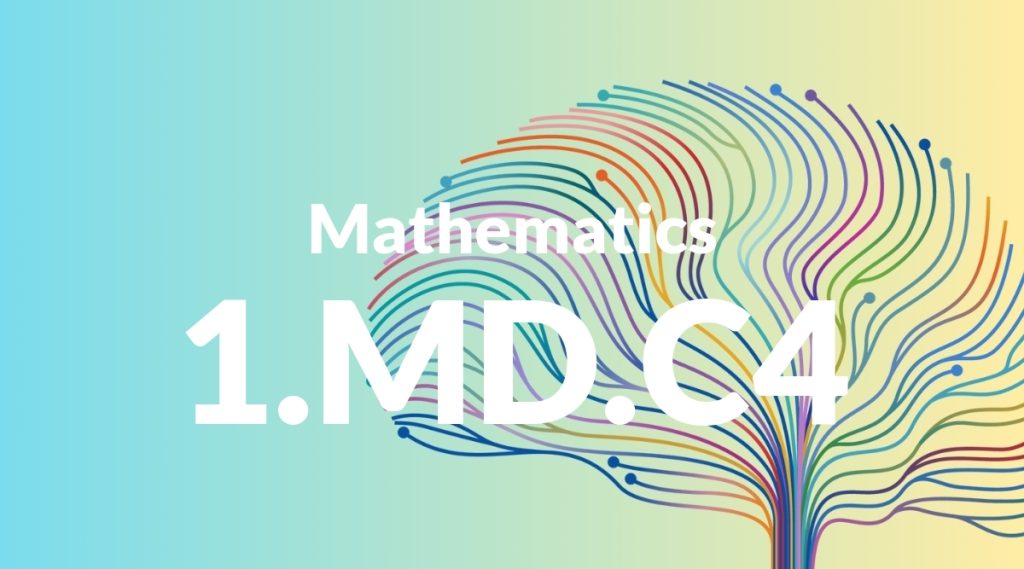Standard: 1.MD.C4 – Organize, represent, and interpret data with up to three categories; ask and answer questions about the total number of data points, how many in each category, and how many more or less are in one category than in another.
Grade level: Grade 1
Subject: Mathematics
Domain: Measurement & Data
Teacher Overview
This standard is crucial for developing students’ abilities to organize, represent, and interpret data. It lays the foundation for more advanced data analysis skills and helps students understand how to communicate information effectively using graphs and charts. Ensure students are comfortable with counting, basic categorization, and simple graph concepts. They should be able to compare quantities and understand basic terms like ‘more’ and ‘less’.
Mastering this standard will prepare students for more complex data analysis tasks, including interpreting data trends and making predictions. They will also be able to use various types of graphs and charts to represent data effectively.
Common Misconception 1
A common misconception is that the tallest bar on a bar graph represents the largest quantity regardless of the actual numbers. This is incorrect because the height of the bar correlates with the number of items in that category, not the size of the items themselves.
Intervention 1
To remediate this, use hands-on activities where students physically count and place items to build a bar graph, reinforcing the connection between the number of items and the height of the bar.
Common Misconception 2
Another misconception is that students might confuse the categories or mix up data points when interpreting graphs. This can lead to incorrect conclusions about the data.
Intervention 2
Use clear and distinct categories, and employ color-coding or symbols to help students differentiate between them. Practice with multiple examples to build confidence.
Prerequisite Knowledge
Students should understand basic counting and categorization. They should be familiar with simple graphs and charts, and have the ability to compare quantities using terms like ‘more’, ‘less’, and ‘equal’.
Subsequent Knowledge
Students will develop skills in more complex data representation, including using more categories and different types of graphs. They will also learn to analyze data trends and make predictions based on data.
Instructional Activities
- Create a bar graph using data collected from a class survey.
- Sort and count different types of objects and represent the data on a chart.
- Use graphing software or apps to create digital representations of data.




